Kövesdi church ruins, Aszófő






Standing by the remote church ruins of Kövesd today, it’s hard to imagine the building’s violent past: during the time of the Turkish invasion, the locals came here to hide and find sanctuary, but were attacked by the troops of the Pasha of Veszprém, who destroyed the church almost entirely. Built in the middle of the 13th century, the Romanesque chapel and its surroundings have by now become a pleasant hiking destination that doesn’t reflect the turmoil of the stormy centuries. Nearby Almás Spring is a great picnic spot offering a stunning view in clear weather – the towers of Tihany Abbey are visible from the path leading to this idyllic site.
How to get here: follow main road 71 running through Aszófő, and go southwest on Romkápolna Street.
Fülöp church ruins, Révfülöp

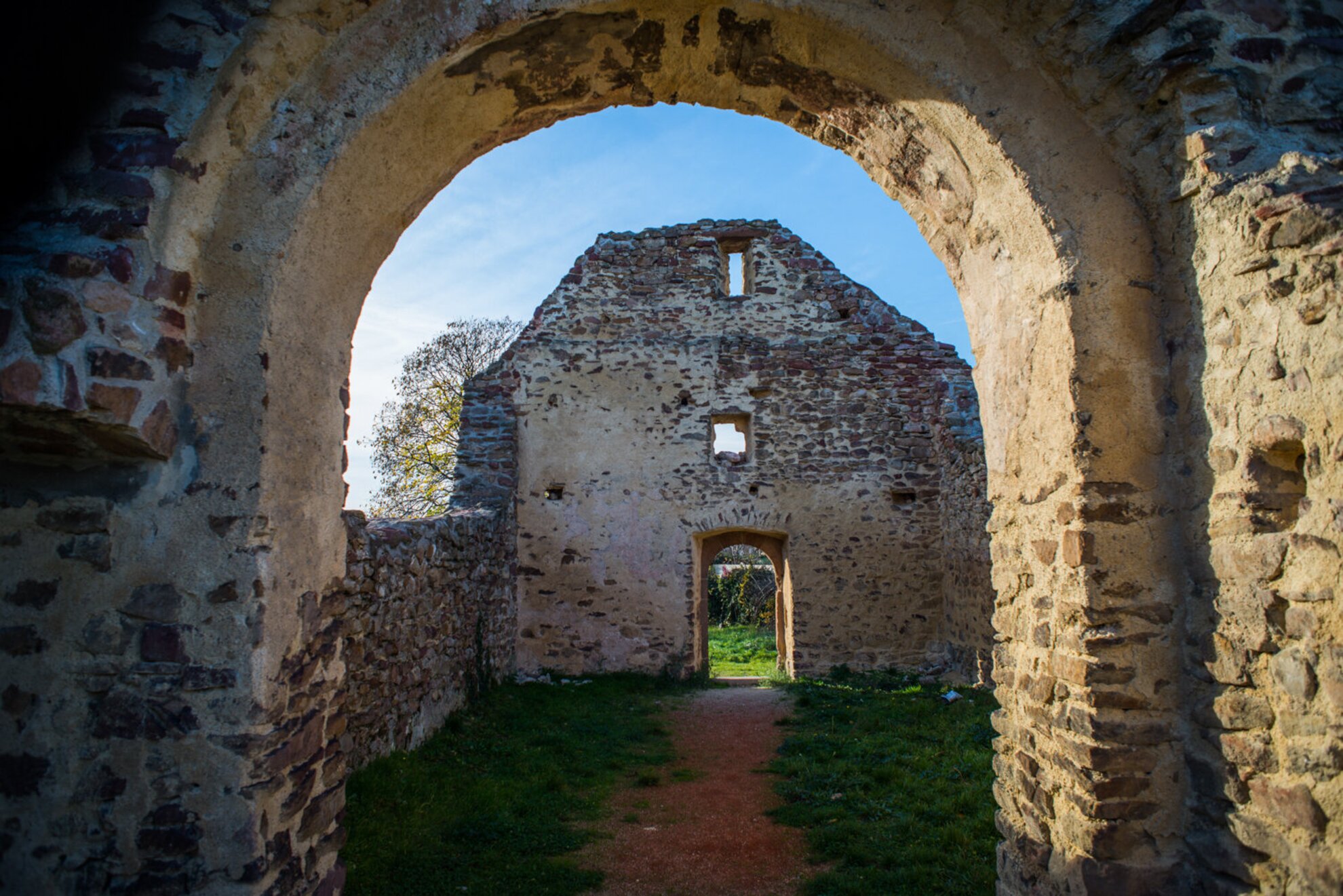



Révfülöp is well endowed in the church department, as it has not one, but two Árpád era church ruins within its limits: visitors can see the remnants of both Fülöp church and Ecsérpuszta church. The latter was supposedly constructed in the 13th century, and was most likely abandoned when the villagers left the neighboring area. The red sandstone doorway is a unique feature of the building: some of the original fragments can still be seen here and there.
How to get here: located on Révfülöp’s Halász Street by the railway tracks, the ruins can be spotted from main road 71.
Ecsérpuszta church ruins, Kővágóörs
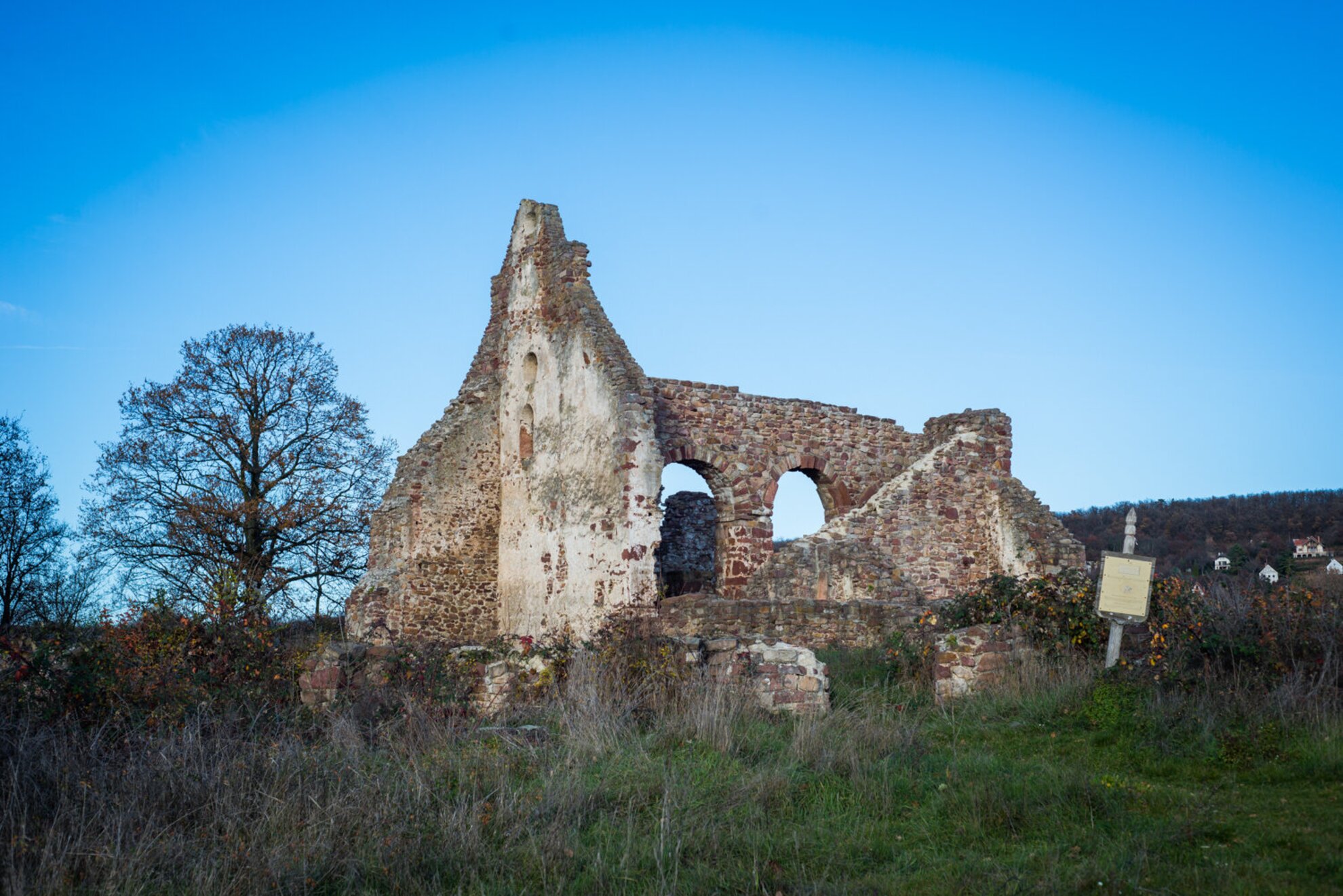






The area around Kővárgóörs was most probably already populated back in the Roman era. Records suggest that the site of Ecsér village was occupied by some kind of settlement in 1082, and the first written documents referring to the church date back to 1353. During the excavations, Roman finds were discovered among the stones – the foundations of a more ancient building were apparently used during the construction of the church. Interesting fact: on the crumbling walls you can still make out parts of a fresco portraying Saint Christopher, the patron saint of sailors.
How to get here: the ruins officially belong to Kővágóörs, but they are basically located in Révfülöp. On your way there you’ll have to drive along a narrow dirt path, but it’s worth the hassle.
Premonstratensian ruins, Gyulafirátót





The medieval church of Gyulafirátót is also known as the cloister of red monks in local folklore because it used to be managed by the Premonstratensian Order. Mátyás Rátold, the archbishop of Esztergom had the Romanesque-early Gothic chapel built in the years preceding 1240 in an effort to promote French culture in the region. The outer stone walls of the monastery have survived many eventful centuries, just like the sacristy with its ribbed vault as well as the stone frame of the southern gate.
How to get here: Veszprém-Gyulafirátót, Kolostor Street
Sóstókál church ruins and Pusztapalota, Köveskál





The church ruins of Sóstókál and the nearby remnants of the building called Pusztapalota (Hungarian for Grassland Palace) are sited in the middle of the Káli Basin, deep in the countryside. The latter has uncertain origins: some believe it dates back to the Roman era, while other thinks it was erected in the Middle Ages. The Romanesque exterior was most probably created in the 13th century. After being owned by royals, the village and the church were acquired by a number of prominent families.
How to get here: head toward Köveskál from the direction of Kővágóörs, then turn right onto a dirt trail, and walk for another 15 minutes or so.
Avasi church ruins, Szigliget










Sometimes referred to as Csonka Tower (meaning truncated tower in Hungarian), this ruinous building in Szigliget is of unknown origin. As construction on the Castle of Szigliget began under the leadership of Benedictine monks, and the township became the serf village of the Benedictine Abbey of Pannonhalma in the 12th century, it’s safe to assume that Avasi church was built with the assistance of the order. Only the main walls of the Romanesque church survive, which can be seen at the back of the churchyard, and the tower still stands with its original, 13th century stone spire on top.
How to get here: the ruins are located on Szigliget’s Réhelyi Street, off main road 71. We’ve already written about them here.
Ruins of the medieval monastery, Zirc
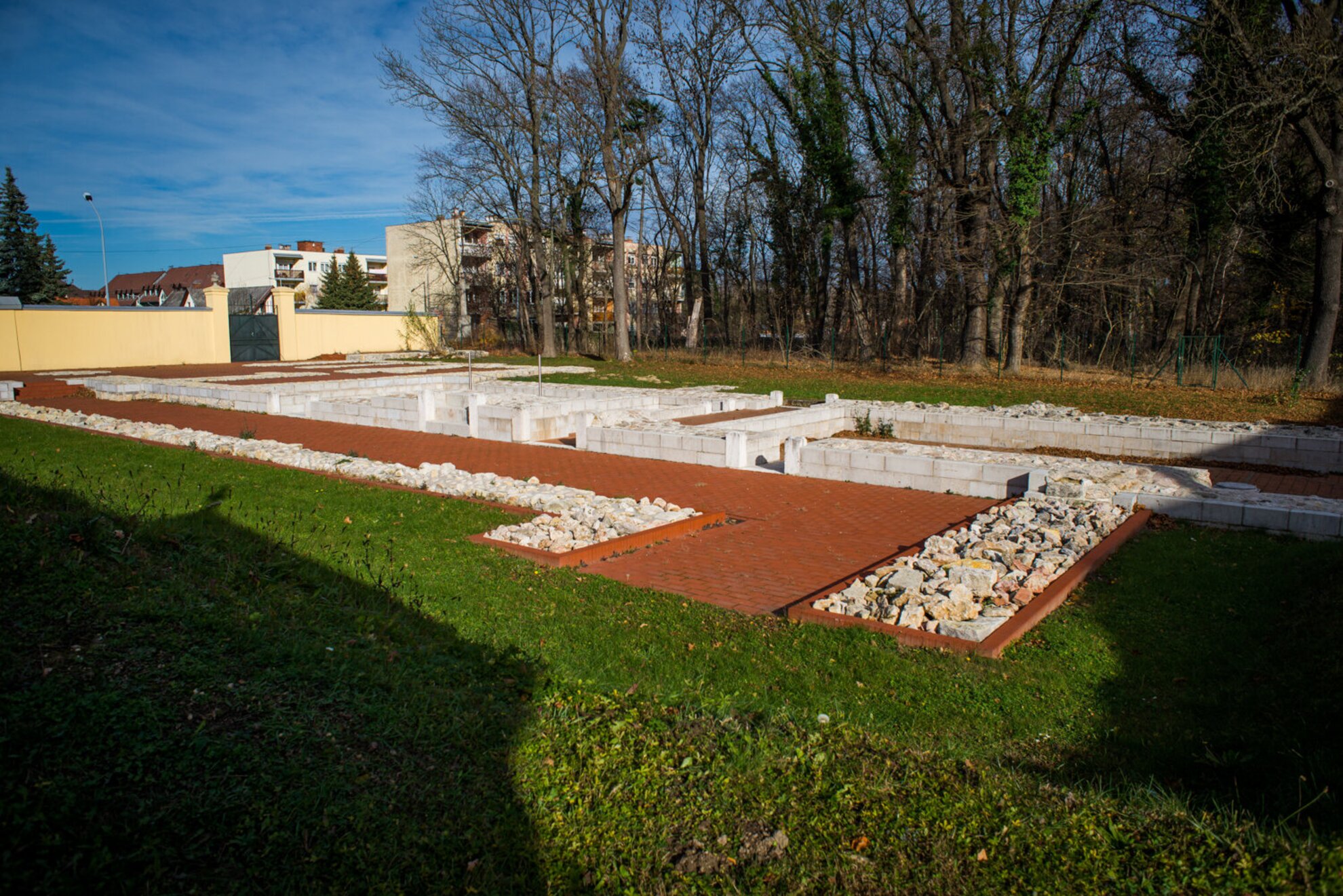
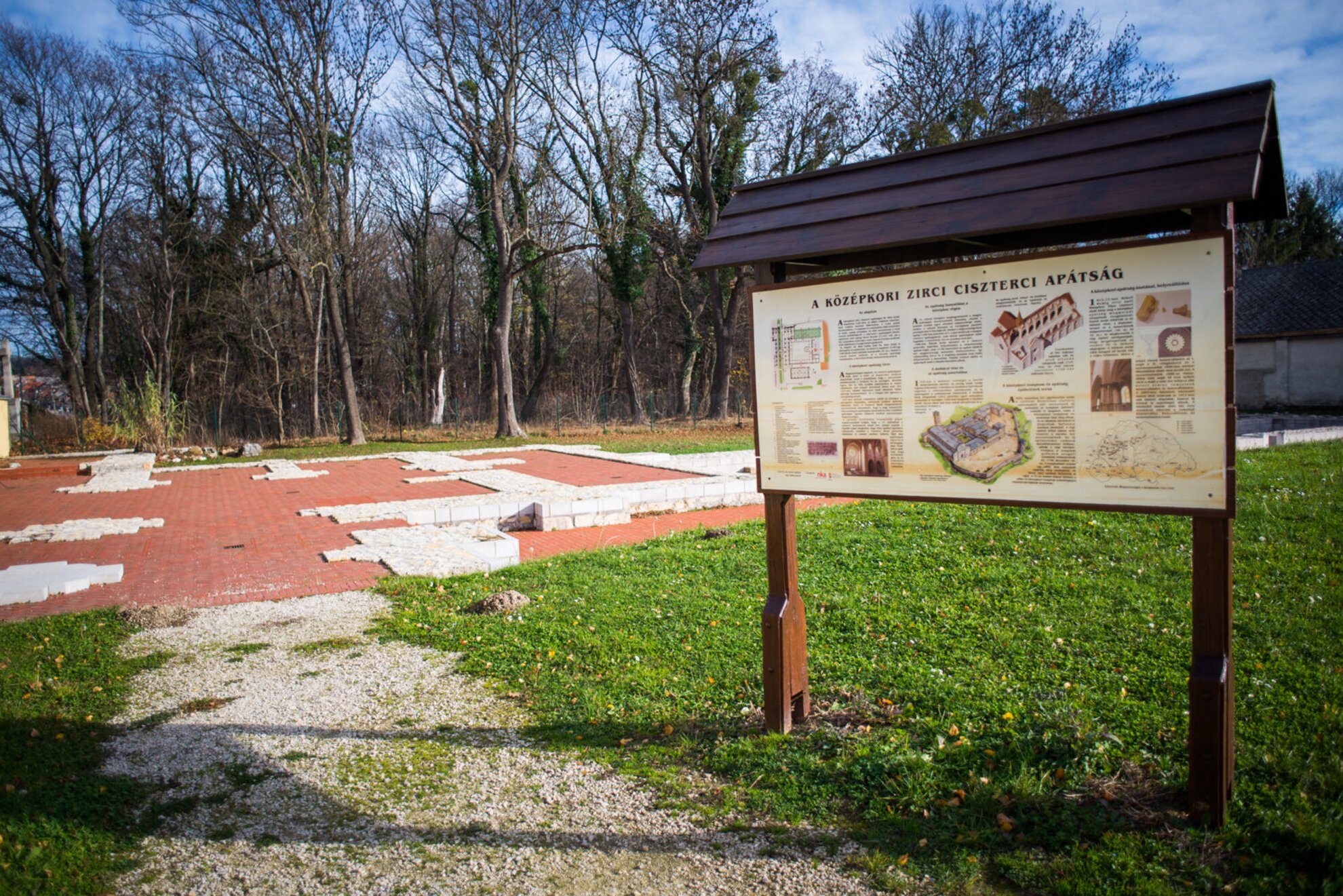
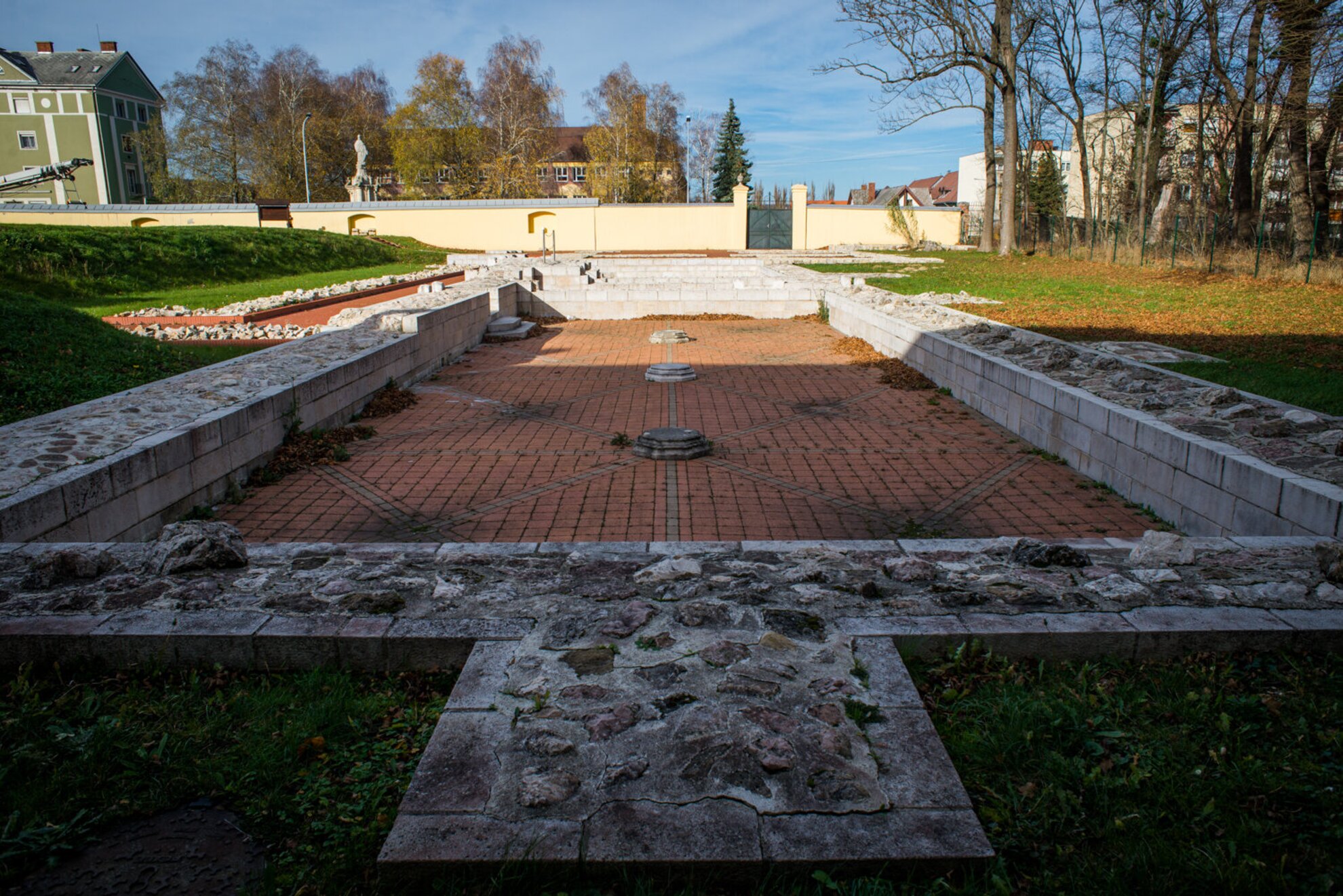






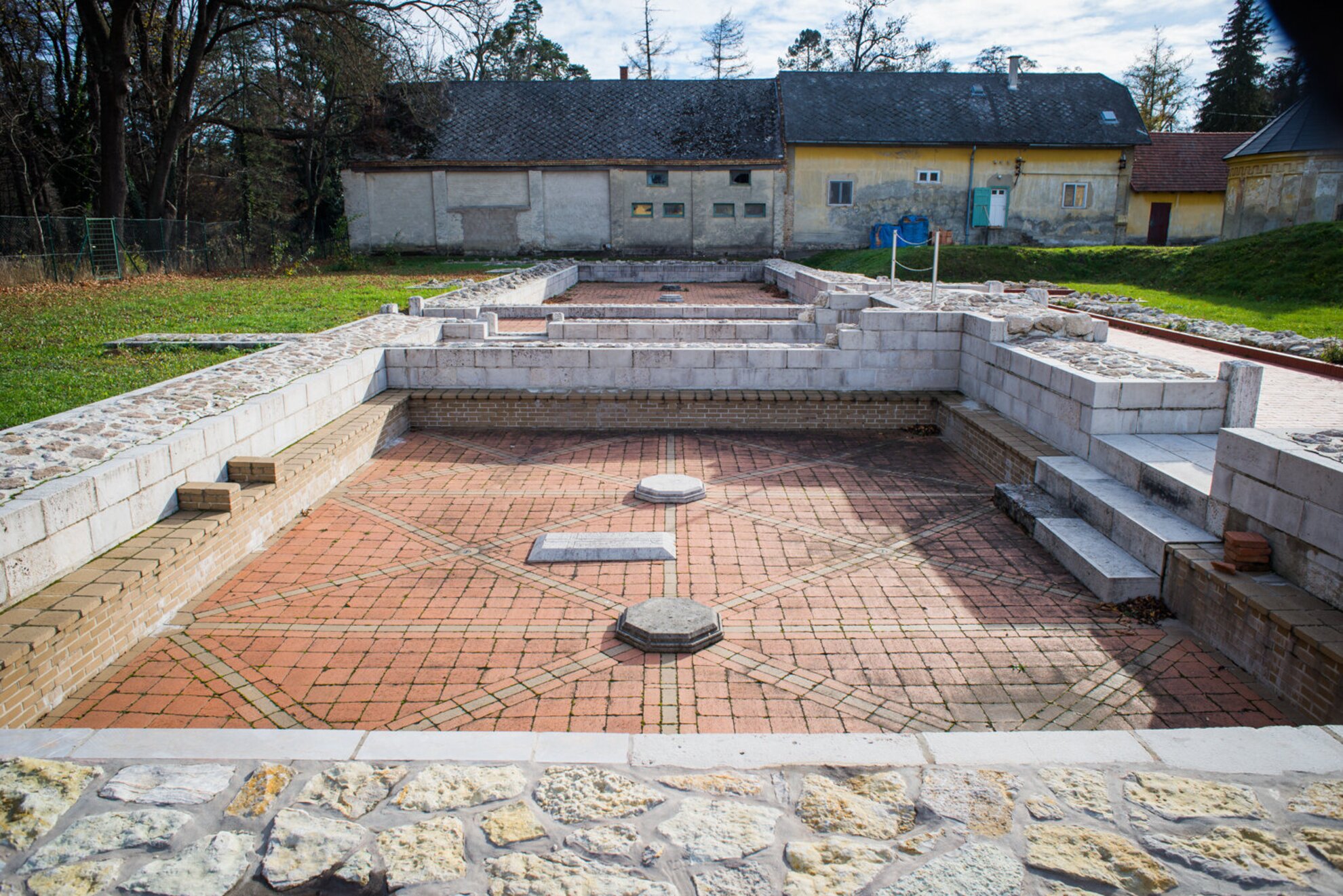


The history of Zirc has been intertwined with the Cistercian Abbey ever since the latter’s construction in 1182 based on the commission of Béla III. The monastery went through a lot over the years, until it was completely abandoned at the time of the battle of Mohács – it wasn’t until a century and a half later that a religious community settled down here once again. The 20th century was all about excavations, and by 2007 the main walls as well as some new and precious findings had been unearthed. You might think it isn’t much on its own, but if you come to Zirc to check out the Basilica, the Historic Library, the Museum of Religious History and the Arboretum, make sure to take a stroll through the ruins garden as well.
Church ruins of Dörgicse
















